Summary
Roguelikes and ASCII art- name a more iconic duo. Games in this genre are sometimes defined as “ASCII + Permadeath,” a definition that doesn’t quite work for the entire genre but gets about halfway there. Whilepermadeath is still prevalentin roguelikes and also in the slightly different genre of roguelites, ASCII art has since fallen out of use.
But plenty of games in the genre still use ASCII art, and some have found a way to make the distinct computer art style not only innovative but also more gorgeous than ever before. Many others like to use ASCII because the simple art style leaves more time to develop some features, like body transformations or weird environmental interactions.
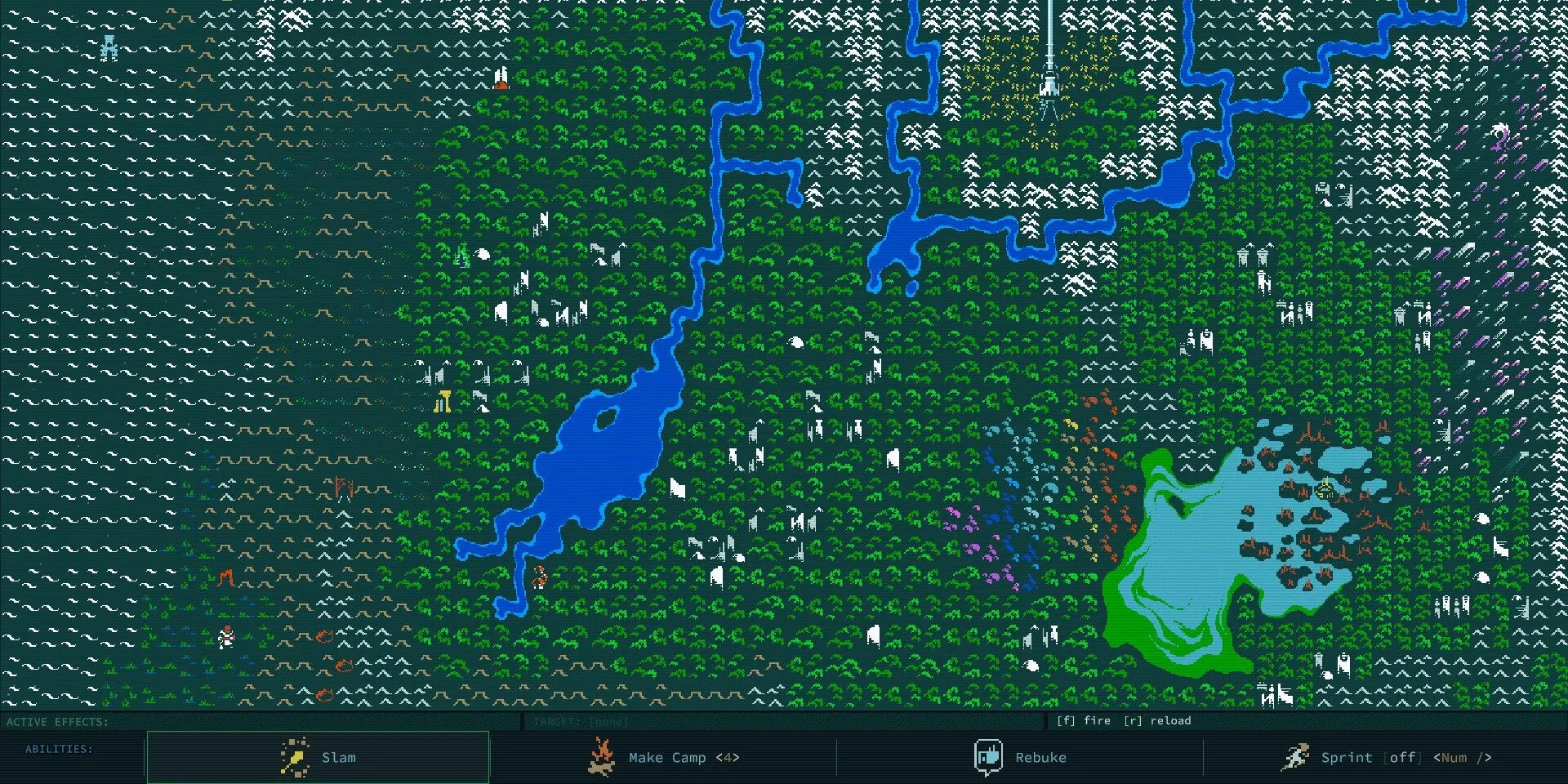
Caves of Qudis a very original roguelike set in a sci-fi, post-apocalyptic world with arare focus on storyfor the standard of the genre. It’s also notable for its deep simulation and involvement in procedurally generated worlds and characters.
Caves of Qudmarries its ASCII art, an alternative to the default tileset, to retrofuturistic sensibilities that are felt in the aesthetics as well as in the story. This makes for a very pleasant user experience to accompany the brutal trial-and-error nature of the game.
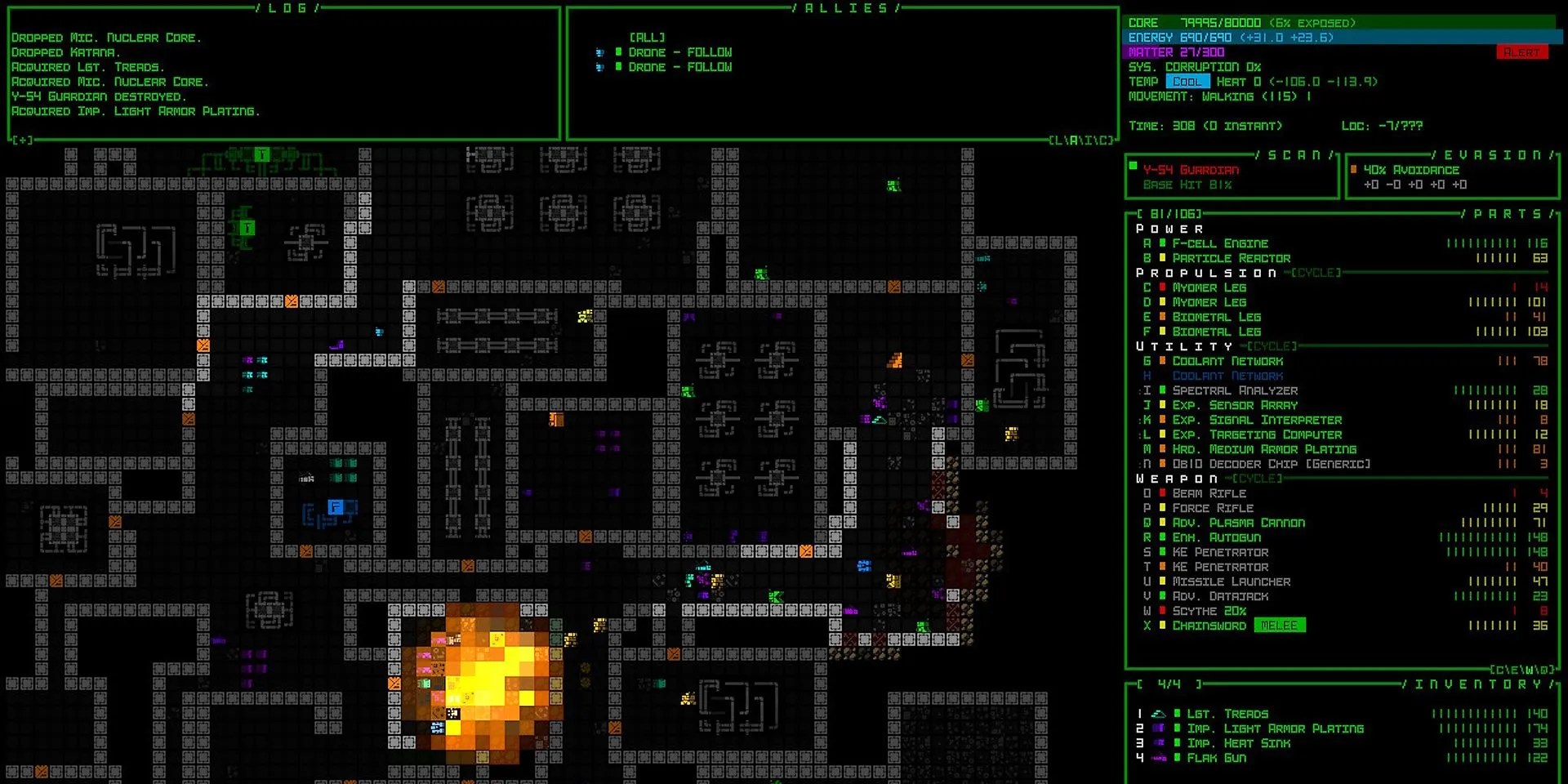
Cogmindis all about its player character. The protagonist of this futuristic roguelike isn’t a fantasy hero archetype or an unfortunate wanderer; they are a robot. Because of its mechanical nature, players can hack, repurpose, andreuse various partsto improve their chances of survival.
Fans of the art style often praiseCogmind’s approach to ASCII art, and thegame’s own Steam pagedescribes it as the “Most advanced terminal interface ever.” Not only is the UI very legible, but it’s also aesthetically pleasing in a way few games in this utilitarian style can manage.
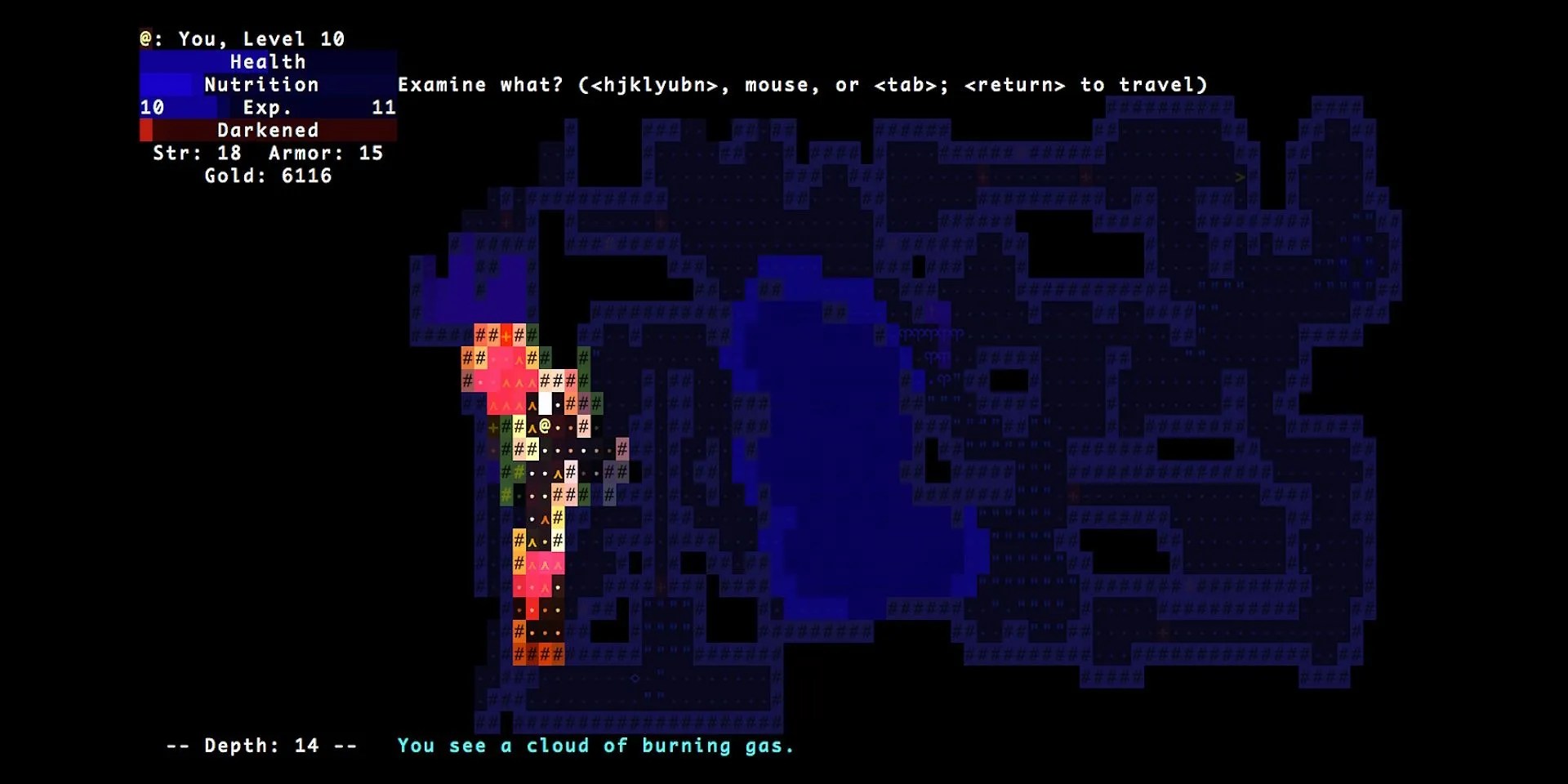
Brogueis a modern classic of roguelikes. Chances are, many will have played a game directly inspired byBroguewithout even knowing. Popular mobile roguelikesPixel Dungeonand its popular variant,Shattered Pixel Dungeon, are among those inspirations.
Brogueis a classic for many reasons, but chief among them is the legible UI and ASCII art. The controls, while not exactly intuitive, are a fair bit more simple than the average entry in the genre, too. This is probably whyBrogueis often named by fans as an easy first roguelike for newcomers.

Robinsonmight just be theonly ASCII survival roguelike. The genre often sees an unfortunate protagonist appear at the entrance of a dungeon. Sometimes, those characters might be adventurers seeking riches or fame. More rarely, the dungeon is a foreign planet or the final frontier. This isn’t the case inRobinson.
InRobinson, players live a story not unlike that of Daniel Defoe’s novel. Stranded on an island, hunted by weird animals and elements alike, playersmust survive until they find a way back home. But if the premise sounds interesting, gamers should still beware. This is not a simple game to get into, and some familiarity with the genre is advised for those thinking of diving in.
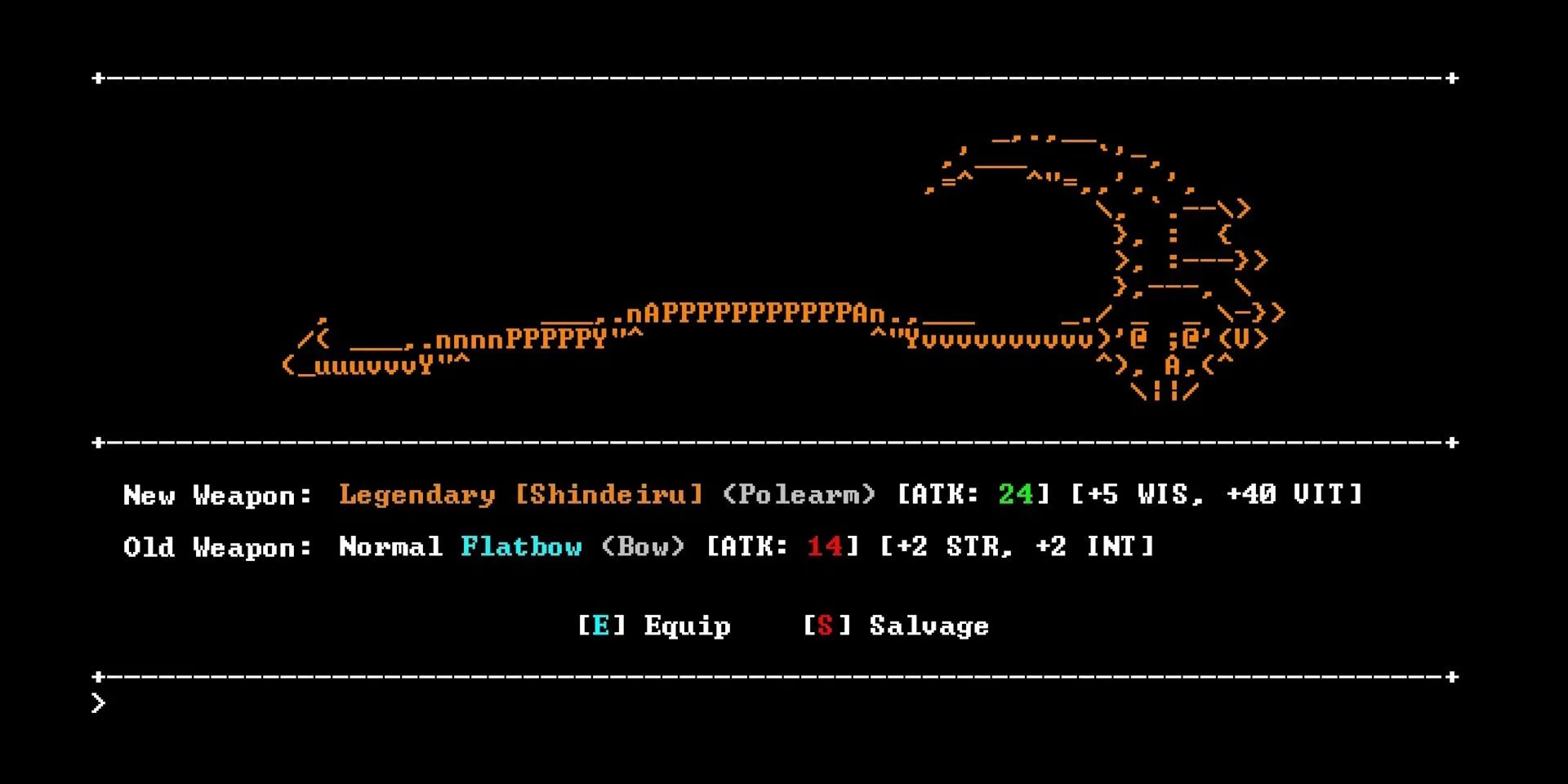
SanctuaryRPG: Black Editionis an exceedingly rare entry in the genre. Not only is it a fair bit more story-driven than the average roguelike, but it displays its ASCII art from afirst-person perspective. This leads to views that have seldom been reproduced after the Commodore and Amiga era.
For those who really enjoy the first-person view ofSanctuaryRPG: Black Edition, there might be a way to scratch that itch. Thanks to a free modding tool calledNecklace of the Eye, modern and classic roguelikes can be turned into first-person dungeon crawlers. The software even comes already set up forBrogue,ADOM, and other modern roguelikes.

Cataclysm: Dark Days Aheadis a roguelike base-building game with optional ASCII art where every catastrophe happens all at once. Zombies are here, as are political unrest and horrors from outer space. In this chaos, it’s up to the player to rebuild or perhaps simply explore.
Another unique characteristic ofCataclysm: Dark Days Aheadis its open-ended nature. The objective is simple enough: survive. But what the player might do while surviving is up to them. That’s also why the game has an incredibly robust, open-ended crafting system that feels more like a means for self-expression than another tool to achieve victory.
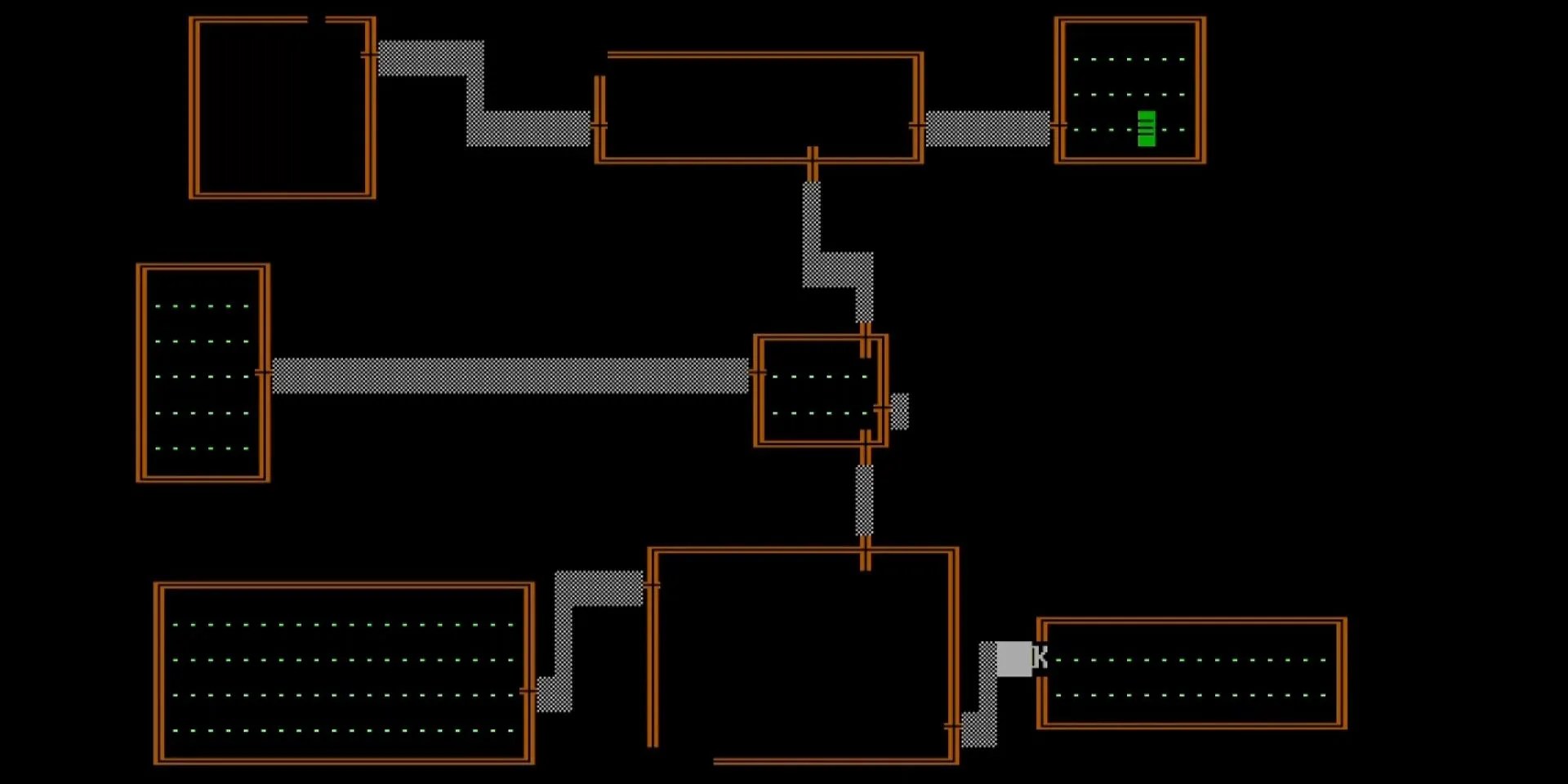
4Rogue
The Original Roguelike
Rarely is the origin of a genre as clear-cut as is the case ofRogueand roguelikes.Rogueis so obviously the starting point of so many other genre-defining games that they didn’t even bother to find another name. As for the game itself, it’s surprisingly playable. It’s not the most complex nor the most inviting to new players, but it’s way more welcoming than some modern titles.
Some fans of the genre would argue thatRogueis only worth playing forits historical valueas the starting point of the genre. But for an extremely experimental game released in multiple versions between 1980 and 1985, it holds up extremely well.
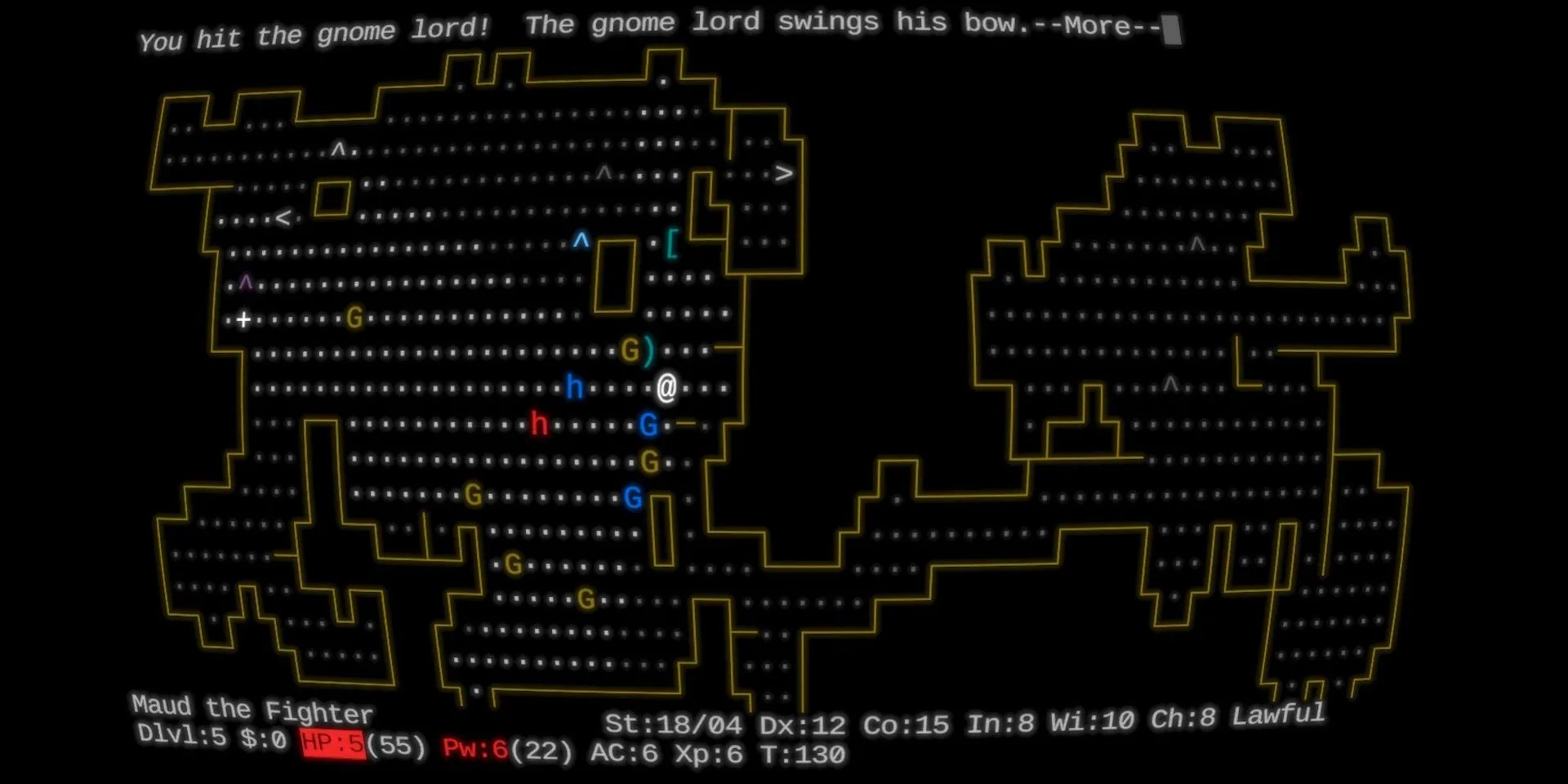
NetHackis one of the first games to follow in the vein ofRogue, and many of the staples of the genre find their origin here. For example, players can go back to previously explored levels, something that the more primitiveRoguecould not allow for.
WhileNetHackis a modified version ofHack, a 1982 roguelike heavily inspired by the originalRogue, it quickly became everyone’s favorite take on the genre. This is one of the most unique examples of ASCII roguelikes. Since the games are so simple and often open source, they can be modified by fans into wholly new games. This is still true today, as demonstrated by the popularity of differentPixel Dungeonversions.

Ancient Domains Of Mysteryis one of the first success stories of commercial roguelikes. Unlike earlier entries in the genre,ADOMis a commercial title and, as such, does not have forks or fan editions. It still achieved significant success despite these limitations.
As is often the case with roguelikes,Ancient Domains Of Mysteryis available in a multitude of editions. Fans often recommend the Steam version for newcomers since it has customizable difficulty levels and optional, more readable modern graphics. That said, ASCII mode is still a good option.

The Ground Gives Waymight actually be one of the best entries in the genre of old‑school ASCII roguelikes. It’s not especially easy; it’s often based on luck, and it can feel unfair at times. But even a successful rundoesn’t take longer than an hour, and failures don’t require more than 10 minutes.
This brevity is what makesThe Ground Gives Wayso approachable. One of the hardest roguelike aspects to swallow is how easy it is to die and lose all progress. This feature is much easier to accept when the progress lost amounts to a mere ten minutes. It also helps thatThe Ground Gives Wayhas a very charming look.